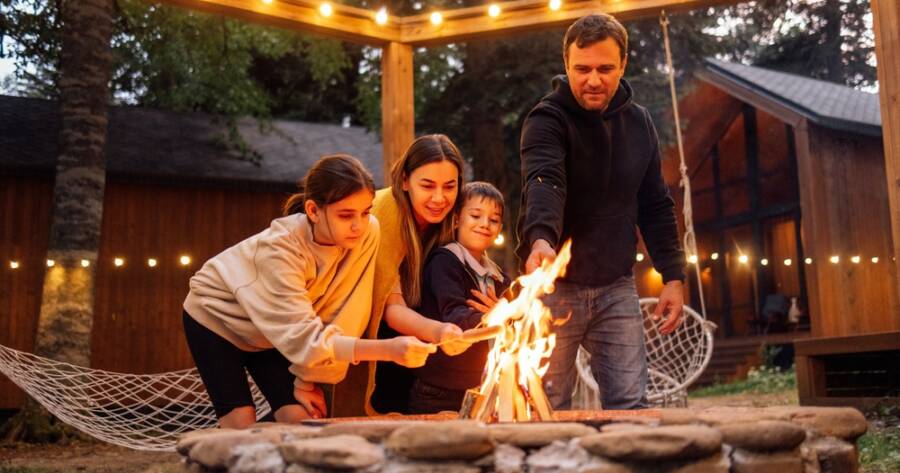Transforming a backyard into a personal garden oasis can be a deeply rewarding project, offering a serene escape from the hustle and bustle of daily life. While the idea of a personal retreat might seem daunting, even a small space can be turned into a tranquil haven with careful planning and creativity. By combining elements of nature with thoughtful design, one can potentially cultivate not just a garden, but a sanctuary of peace and relaxation.
Planning Your Garden Space
The first step in creating a garden oasis is envisioning what you want to achieve. Consider the primary function of your space—whether it’s a cozy corner for reading, a lively area for entertaining, or a meditative spot for yoga. When planning, it might be helpful to sketch a rough layout of your backyard, possibly noting existing features like trees or walkways that could be incorporated into the design.
Selecting the right plants can greatly influence the ambiance of your retreat. Native plants, which generally require less water and maintenance, can be a great starting point, helping to establish a harmonious look that complements the local environment. Including a variety of plants—such as evergreens for year-round greenery and seasonal flowering plants—can provide continuous beauty and interest.
Incorporating Water Features
Water elements, like a small pond or a gentle fountain, may enhance the sense of tranquility in a garden. The sound of trickling water can contribute to a soothing atmosphere, potentially reducing stress and masking unwanted noise from surrounding areas. If space or maintenance is a concern, a simple birdbath might offer a delightful alternative, attracting local wildlife and bringing life to your garden.
Selecting Comfortable Furniture
To fully enjoy your garden oasis, consider adding comfortable, weather-resistant furniture. Options like cushioned chairs, hammocks, or wooden benches might be ideal for different needs and aesthetics. It’s advisable to choose furniture that complements the garden’s overall theme, creating a seamless connection between the natural and manmade elements of the space.
The location of furniture can influence how often you might use your garden. For instance, placing seating in a shaded area can make it more inviting during hot weather. Consider accessibility and view—furniture should be positioned to take advantage of natural beauty and any water features or flowering plants.
Engaging All the Senses
An immersive garden experience can engage all the senses. Fragrant plants such as lavender, jasmine, or mint might enhance the sensory appeal of your space. Additionally, incorporating textured elements like smooth stones, rough bark, or soft grasses can enrich the tactile experience.
Lighting can also dramatically alter the garden’s ambiance. Soft lighting, possibly from solar-powered lanterns or string lights, can create a magical effect in the evenings, extending the usability of the garden into the night. Wind chimes or rustling grasses may add a gentle auditory layer to further deepen the sensory experience.
Creating Zones for Versatility
Segmenting your garden into distinct zones can enhance its functionality and versatility. For instance, dedicating one area for dining, another for relaxation, and perhaps a corner for meditation can cater to different moods and activities. This zonal approach often involves creating privacy barriers, such as hedges, trellises with climbing plants, or strategically placed screens that define spaces without making them feel enclosed.
Pathways can provide structure to the garden, guiding visitors through its various zones. Materials like gravel, stepping stones, or woodchips could be used to create paths, potentially adding an aesthetic dimension while ensuring ease of movement across the garden.
Attending to Seasonal Changes
Being mindful of seasonal changes in the garden can help maintain its appeal throughout the year. While it might be tempting to focus solely on summer blooms, incorporating plants with fall foliage, winter resilience, or spring flowers might ensure that your retreat remains vibrant and interesting year-round.
Adding features like a fire pit or a small greenhouse can extend the use of your garden into cooler months. These elements might offer warmth and shelter, making the garden a welcoming space even in less favorable weather.
Cultivating Your Personal Retreat
Turning a backyard into a personal garden oasis could foster relaxation, creativity, and happiness. By thoughtfully planning and integrating elements that cater to one’s senses and lifestyle, an individual might create a retreat that not only reflects their personality but also serves as a refuge from daily stress. While designing this sanctuary is best approached as a gradual and evolving process, the results could offer a lasting haven of calm and inspiration.

